Loyola Academy controversy further exposes white privilege, defensiveness on the North Shore
April 26, 2021
At the end of March, Fox News published an article titled “Chicagoland prep school Loyola shames White privilege in student assignment.” Like many others living in the Chicagoland area, this sparked our interest. Loyola Academy is a bit of a mystery to us; the private, Jesuit school is only a 15-minute drive from ETHS, and yet, with a tuition of almost $18,000, it is so far out of reach.
The article itself reported on an incident in which Loyola students were “forced” to do an assignment that asked students to reflect on the ways they benefit from white privilege and the discomfort that comes with conversations about race. In the assignment, one question specifically asked students, “What have you learned about the ways you have specifically wield[ed] this privilege that do harm (whether you intend to or not)? Dig deep. No sugar coating and no focusing on the good you have done with your privilege. Remember this isn’t about being self-congratulatory, it’s about pulling out white supremacy.”
In response to the assignment, Loyola student Hannah Brennan told Fox, “There are a lot of students who feel super uncomfortable doing this [assignment] because they don’t agree with white privilege and the ideology behind it,” and “It feels like they’re very much pushing their opinions as facts, and it’s very manipulative.”
Brennan, along with a group of other conservative students, have been working to start a chapter of Turning Point USA– an organization advocating for conservative voices on school campuses. A student led petition gained over 170 signatures in support of the organization, despite the fact that student activity leaders rejected the proposal, claiming that the group is “anti-Semitic and racist.”
“The people that went to the press, their voices are the loudest, but I dont think their voices are the majority. I think most people disagree with what they said. I know some people are scared to come forward and say that, since their peers are conservative,” says Loyola junior Cate Lynch who transfered to Loyola from ETHS sophomore year. “Loyola has done a pretty good job with it. They have emailed us three times about how they are going to continue the lessons of white privilege and how they have had these lessons for a while.”
In contrast to Loyola’s outspoken conservative minority, right-leaning students at New Trier are not as vocal.
“Students at my school who affiliate in the political minority tend not to be so vocal about it, because they know they’ll be judged for it—which is true, they will be,” New Trier senior Isabelle Cowan says. “I do sort of feel like this area is a bubble; it’s very sheltered from other influences, but I think when there are conservative groups, those people can be very vocal.”
However, the liberal voices at New Trier overpower those of the conservative minority.
Similarly, liberal students are the predominant voice of ETHS. Unlike the rest of the North Shore, Evanston is notorious for its liberalism and diversity, yet the blinding rays of so-called “heavenston” distract us from the truth: the Evanston community still has a lot to work on.
“[Evanston is] an incredible place, but it’s one that needs to be continuously reflecting, checking in with its residents, really listening to communities that are silenced,” ETHS senior Meena Sharma says. Sharma, a “Chicago kid,” observed the North Shore from a distance until moving to Evanston for high school. “Everything kind of comes with an asterisk, like yes, Evanston does have racial diversity, but Black and Brown people are concentrated in different areas of Evanston.”
A history of redlining and racist housing policies in Evanston has led to a divide in race and class, with one example being the lack of schools in the city’s 5th Ward, causing students of color to be bussed to other elementary and middle schools.
“The 5th Ward is the only ward that does not contain any school within its district. Many of its students, who are predominantly Black and Brown, have to bus to other elementary and middle schools, and this creates a huge burden on the families there,” Sharma says.
As Evanstonians, we set ourselves as the gold standard of equality for areas around us, while in reality, having more racial diversity than our neighboring suburbs does not automatically mean our community is inclusive, equitable or even truly racially diverse.
“I feel like ETHS is not even that diverse, but it’s way more diverse than Loyola,” says Niles North junior Dajour Stephens. Stephens grew up in Evanston, spent Freshman and Sophomore year at Loyola and is now a junior at Niles North.
In 2020, the student population at ETHS was 45.8 percent white, 26 percent Black, and 18.7 percent Hispanic. In comparison, 78 percent of New Trier students are white, 0.6 percent are Black and 6.9 percent are Hispanic. At Loyola, 80.4 percent of students are white, 5.2 percent are Black, and 4.8 percent are Hispanic. Clearly, the northern suburbs of Chicago lack racial diversity, which is directly related to the history of wealth inequality and racism in this country, and even more specifically around Chicago. Historically, the North Shore has always been predominantly white, with extremely affluent areas. In fact, according to CNN, Winnetka and Glencoe are numbers eight and nine, respectively, on the Bloomberg list of richest places in America. New Trier Township has an average household income of over $180,000, while the average in Evanston is less than half of that at around $80,000.
“Most often, housing is where wealth accumulates over time, and so, if you can’t get a house in a good neighborhood, then you aren’t going to create as much wealth over a period of time and amount of years,” says New Trier junior Naya Rhee. “What ends up happening is a lot of people here, not everyone, but a lot of people around here do have old money.”
With privilege comes access to opportunities, and with white privilege and a history of racism, the North Shore continues to be predominantly white.
“I think there are a lot of places North that are surrounded by nice communities and parks, day cares, restaurants; thriving areas. With that comes the privilege of having nicer resources,” says Lynch.
The article published by Fox News explicitly shows the way North Shore communities have the opportunity to ignore issues of race.
“I think there is also privilege in not recognizing that you have privilege; a lot of people at Loyola think they don’t have [it]. It’s so frustrating, because they do,” Lynch says. “You are white, so you do have privilege.”
It is no secret that the North Shore lacks diversity on all plains and many Evanstonians are well aware of the work that needs to be done.
“I think, compared to the other suburbs, it’s more inclusive and diverse to an extent, but at the same time, we still have a lot to work on with the idea of ‘heavenston,’ because that stops us from growing,” ETHS Senior Ana Sweeny says. “In the past years in Evanston and at ETHS, students acknowledge that we have a lot to work on.”


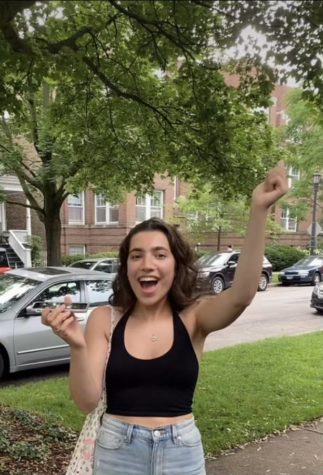
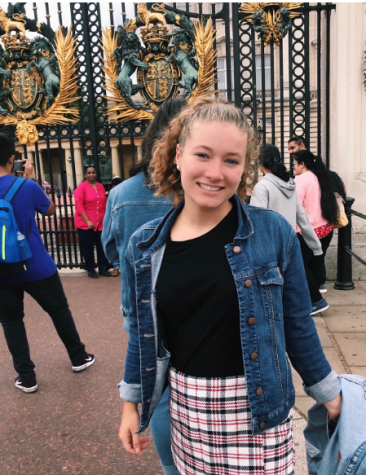





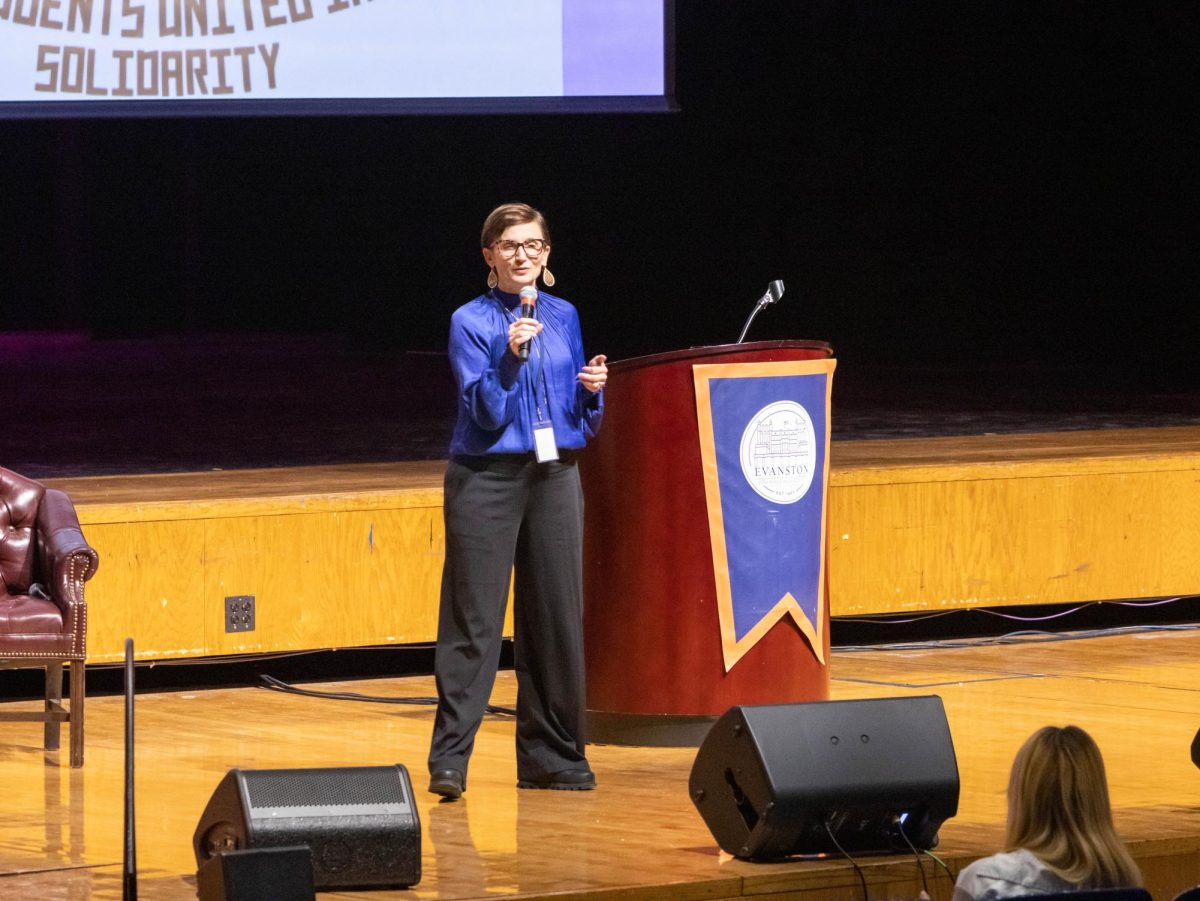
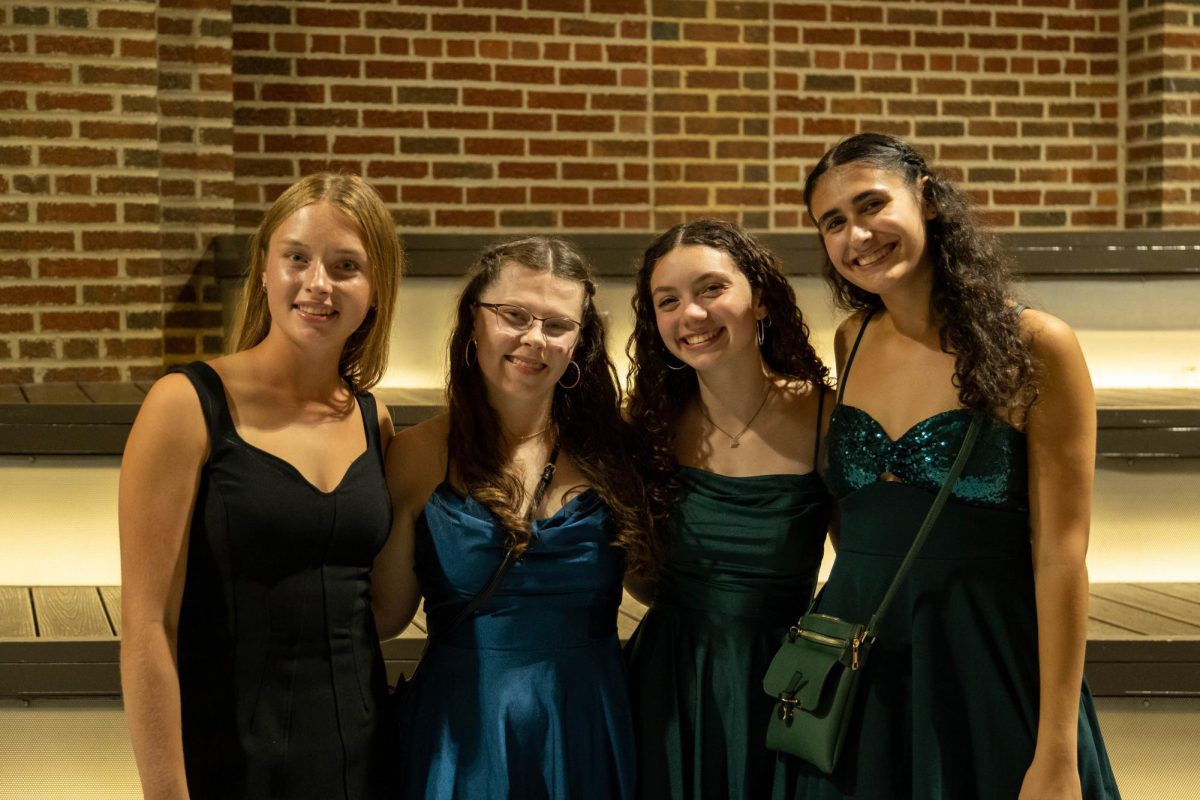
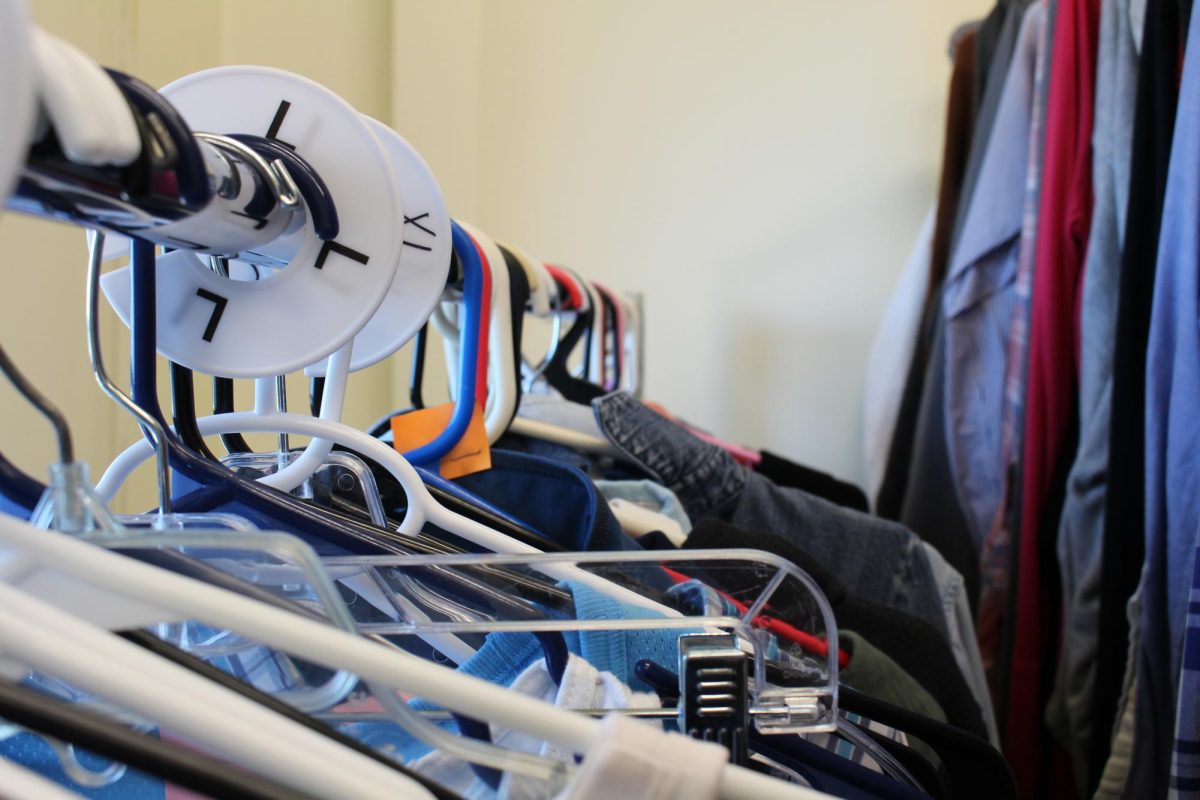
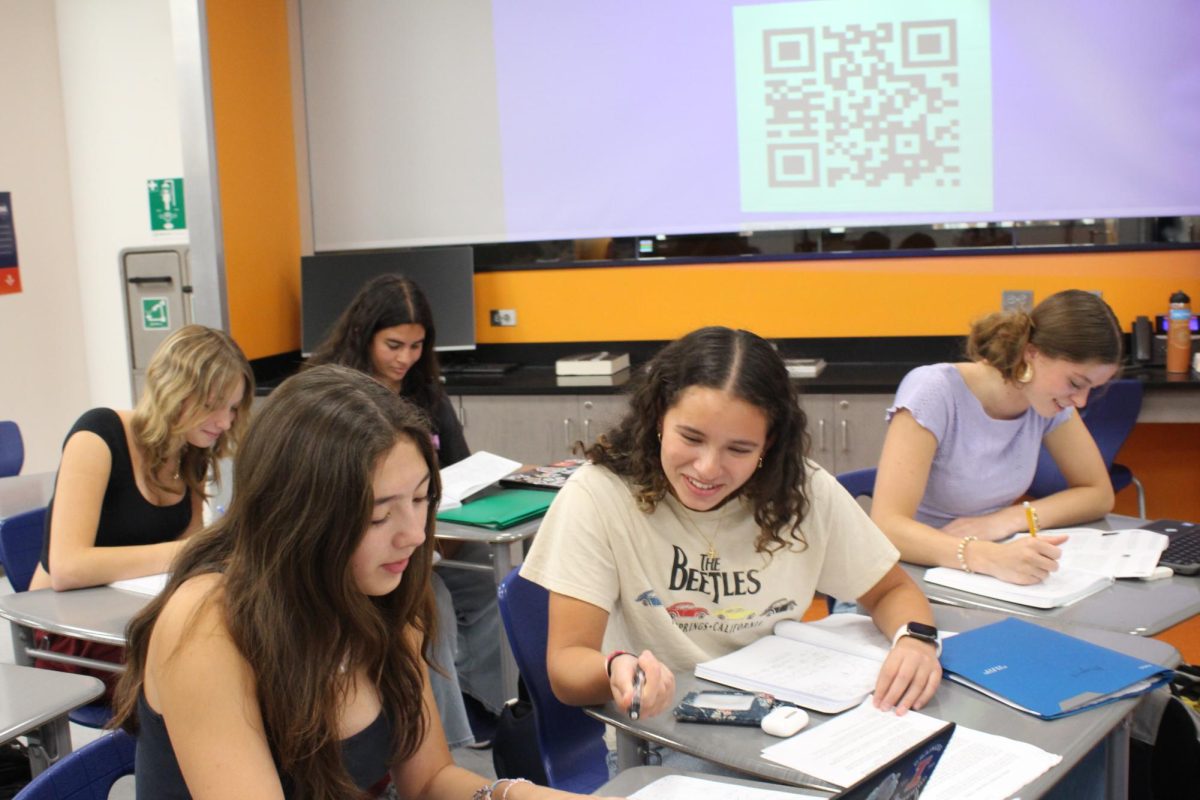
Bob G • Aug 12, 2021 at 12:29 pm
I think privilege is related more to wealth. The more money you have the more doors that are open. Tour the poor rural sections of the country and ask them about their privilege. Wish there was a way to lift all people up but generational poverty and the lack of quality education is likely holding many of all different races down.
Concerned Asian • May 29, 2021 at 10:12 am
Be sure to include Asians in your student population percentages. Make us visible because we are here.